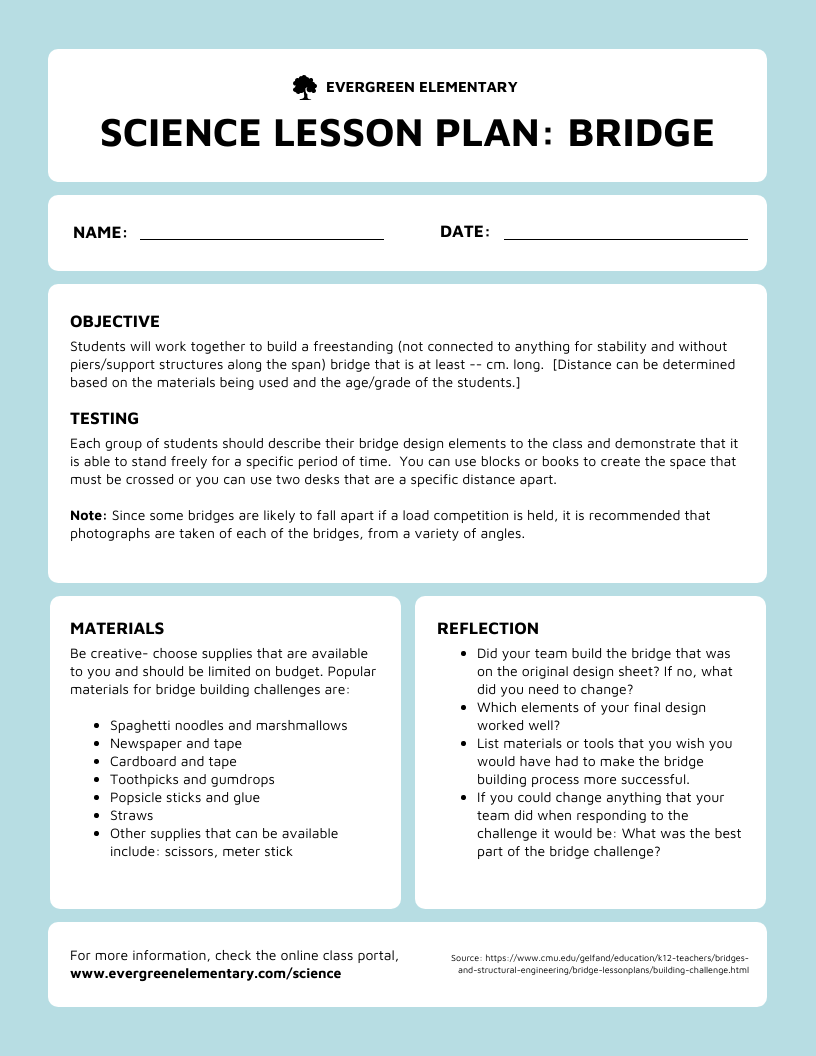
Federally mandated financial aid is the best choice for funding college education. Federally mandated financial aid is guaranteed for eligible families. It's easy to apply for. A bachelor's degree is strongly linked to federal financial aid. Apply as soon as you can to get the best out of college funds.
Savings is the best method to pay for college
To pay for college, the first step is to save. This can help you avoid taking out loans and reduce your monthly payments. If you don’t have enough savings, earning money in the classroom can help you fund your education. It is best to save money as soon you can for college.
Many private scholarships offered by companies and charities can help you finance college. Consider asking your high school guidance advisor for advice. Another option is to join NextGenVest, a nonprofit organization that provides free financial mentorship to young people. This organization can help you understand how financial aid works and how to get the most out of it. At least five percent should be saved if your family has the means. This will enable you to cut down on the cost of college by thousands of dollars per year.

Government financial aid
Applying for financial aid from the government is a great way to help pay for college. Grants are given to students who qualify and don't have to repay the money they receive. These programs are often need-based and may be based on ethnicity or major. There are many financial aid programs that the government offers, such as Federal Supplemental Educational Opportunity Grants or Pell Grants.
Federal student aid can pay tuition, fees, books, transportation, and room and board. Work-study programs may be available that allow you to do campus work. A Free Application for Federal Student Aid is the best way to find out whether you are eligible for government financial aid. This application will assess your financial situation to determine how much aid you are eligible for.
Scholarships
Scholarships and grants are great options if you don't have the money to pay tuition but still want to attend college. Tuition payment plans are also available. These plans divide the tuition amount into equal monthly installments. These plans are an alternative to student loan. However, the plans offered by different schools may differ. Some schools have lower monthly fees, while others require a larger upfront payment.
First, apply for scholarships. Depending on your major, there are many scholarships for you to apply for. You can apply to general scholarships or for scholarships that are specific to your major. There are also scholarships with tighter requirements that you can apply for. This will narrow down the pool of applicants and increase your chances of winning. Scholarship search engines can help you find and apply for scholarships. You can filter the results based on your major, interests, experiences, and more.

Housing off-campus
Off-campus housing is often a great way to get financial aid. Based on how much rent you pay each month, the school will increase your loan amount. The guidelines are available from the financial aid department. Some schools have particular lists of acceptable properties.
The majority of landlords expect you to have a stable source of income. You can have a guarantor to pay your rent in the event of default. You must be in the same place as the guarantor and be able pay the rent. A security deposit will be required.
FAQ
What's the difference between private and public schools?
All students have the right to free education in public schools. They provide education for students from kindergarten through highschool. Private schools charge tuition fees per student. They offer education from preschool to college.
There are charter schools that are both privately operated and publicly funded. Charter schools are not bound by traditional curricula. Charter schools allow their students to explore what interests them.
Charter schools are a popular choice for parents who believe all children should have access and quality education regardless their financial situation.
How can I get scholarships?
To help pay college expenses, scholarships are grants. There are many types and types of scholarships. These include:
-
Federal Grants
-
State Grants
-
Student Loans
-
Programs for Work Study
-
Financial Aid
Federal grants are directly issued by the U.S. government. Federal grants generally require that applicants meet certain criteria. For example, you must demonstrate financial need.
Individual states offer state grants. These funds are offered by individual states based on financial need. Others offer money for specific purposes.
Student loans are issued by banks and other lending institutions. Students are often able to borrow money for expenses such as tuition or living expenses.
Work-study programs encourage employers to hire qualified student workers. Employers must pay their employees at least the minimum wage.
Financial aid helps low-income families afford college by covering most or all tuition costs.
What do you need to become a teacher in early childhood?
It is important to decide whether you want to enter early childhood education. A bachelor's degree is required if you are interested in a career as an early childhood educator. Some states require students hold a master's degree.
You will likely also have to attend classes in the summer months. These courses will cover subjects such as curriculum development and pedagogy (the art or teaching).
Many colleges offer associate degrees that can lead to teaching certificates.
Some schools offer certificates, while others offer bachelor's and master's degrees. However, some schools only offer diplomas.
You may not require additional training if you are planning to teach at your own home.
Statistics
- In most developed countries, a high proportion of the population (up to 50%) now enters higher education at some time in their lives. (en.wikipedia.org)
- “Children of homeowners are 116% more likely to graduate from college than children of renters of the same age, race, and income. (habitatbroward.org)
- And, within ten years of graduation, 44.1 percent of 1993 humanities graduates had written to public officials, compared to 30.1 percent of STEM majors. (bostonreview.net)
- Data from the Department of Education reveal that, among 2008 college graduates, 92.8 percent of humanities majors have voted at least once since finishing school. (bostonreview.net)
- Among STEM majors, that number is 83.5 percent. (bostonreview.net)
External Links
How To
What is vocational training?
Vocational education prepares students for the workforce after high school. Students are trained in specific skills to be able to do a particular job such as welding. It includes training on the job in apprenticeship programs. Vocational education differs from general education because it focuses on preparing individuals for specific careers rather than learning broad knowledge for future use. Vocational training is not designed to prepare individuals for university but rather to assist them in finding jobs upon graduation.
Vocational education can be offered at any level of schooling: primary, secondary, college, university, technical institutes and trade schools. Many specialized schools are available, including nursing and culinary schools, law schools medical and dental schools, veterinary medicine school, veterinary medicine schools, firefighting training schools, police academies, military academy, and other military schools. Many of these schools provide both academic instruction as well as practical experience.
A number of countries have made significant investments in vocational education over recent decades; for example, Australia, Denmark, Finland, Germany, Ireland, Japan, Luxembourg, New Zealand, Norway, Poland, Sweden, Switzerland, the United Kingdom, and the United States. The effectiveness of vocational training is still a controversial topic. Some argue it doesn't improve students' employability, while others argue it prepares them for the future.
The U.S. Bureau of Labor Statistics estimates that 47% of American adults possess a postsecondary certificate, or degree related to current occupation. This is a higher percentage among those who have more education. 71% are currently employed in fields that require postsecondary qualifications.
The BLS reported in 2012 that almost half of all adults had some type of postsecondary credential. Around one-third of Americans hold a two or four-year associate degree. One fifth of Americans had a masters degree or doctorate.
The median annual wage of a bachelor's degree holder was $50,900 in 2013, compared with $23,800 for someone without one. For those with advanced degrees, the median wage was $81,300.
For those who did no high school, the median salary was only $15,000. Those with less than a high school diploma earned $13,000 per year.